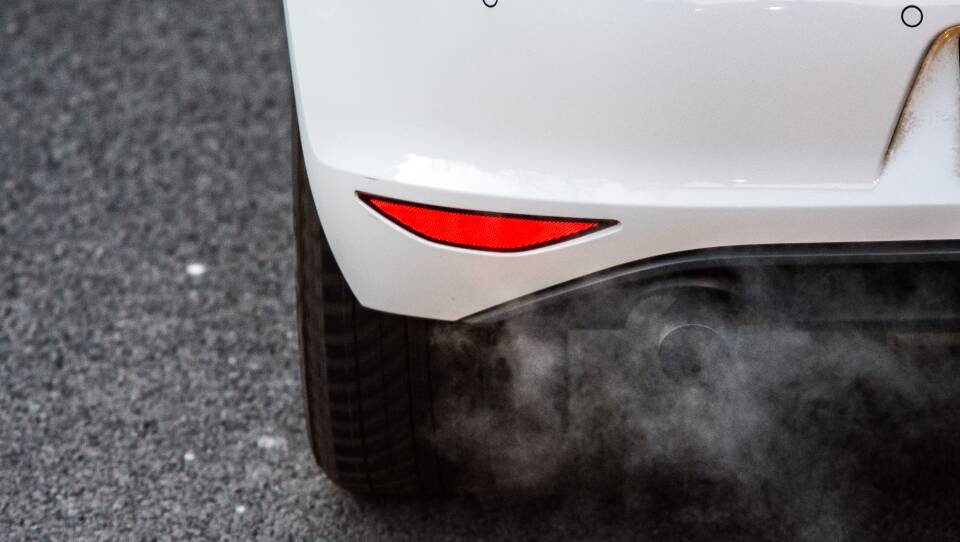WGBH News Reporter Craig LeMoult joined Boston Public Radio on Monday to discuss his recent three-part series on the newly discovered health risks associated with life near highways, airports and other areas with high levels of vehicle emissions.
New research indicates that the worst culprits of the issues associated with regular emissions exposure aren’t the 2.5 micron-length particles researchers previously thought. Instead, LeMoult said, it’s even smaller, ultrafine particles that bring the most serious health problems. These particles are 0.1 microns or smaller, and barely register any mass.
“The reason [they’re] so nasty is that they don’t just get stuck in lungs,” LeMoult said. “They can get right into the bloodstream, and [trigger] an inflammatory response.”
Read more: Car Pollution In Boston Area Neighborhoods Poses Health Risk To Residents, New Research Finds
For years, regulators were unaware of these ultrafine particles and the cardiovascular risks associated with them. For that reason, LeMoult said, legislators aren’t equipped to adjust regulations around the findings.
“Because our regulations are based around mass, these little guys fall through the cracks,” LeMoult said.
As a result, many of Massachusetts’ low-income communities pay the highest price. That’s because housing near highways and airports tends to be more affordable, though LeMoult added that “we have a history of putting highways through low-income communities.”
As to whether the Trump administration plans to adjust rules around air quality and vehicle emissions in light of the new research, LeMoult indicated that it was unlikely.
“There was an EPA advisory committee that [was], basically, the group that looks into these sorts of things. … That group was disbanded in October by the EPA under Scott Pruitt’s leadership.”




